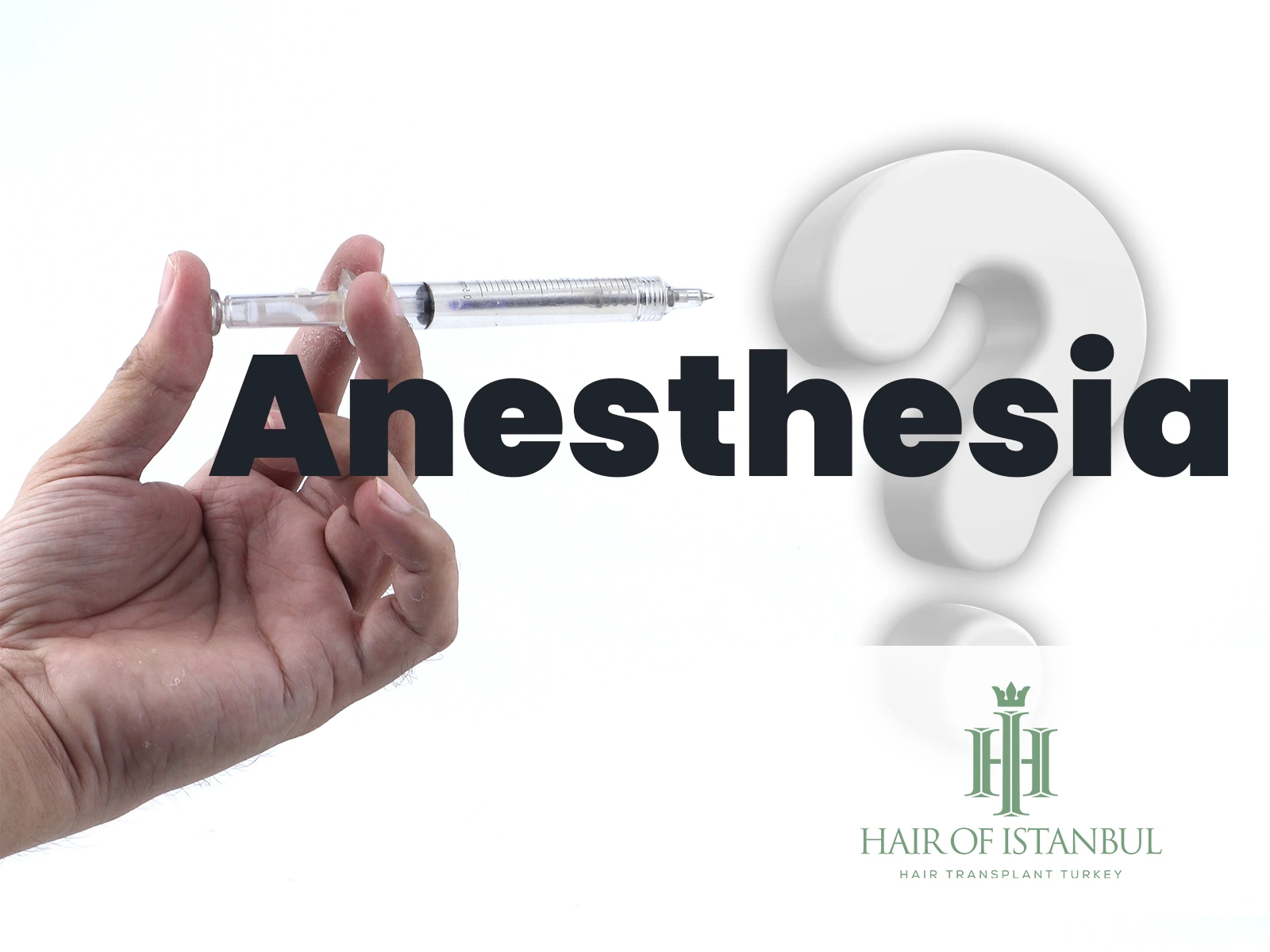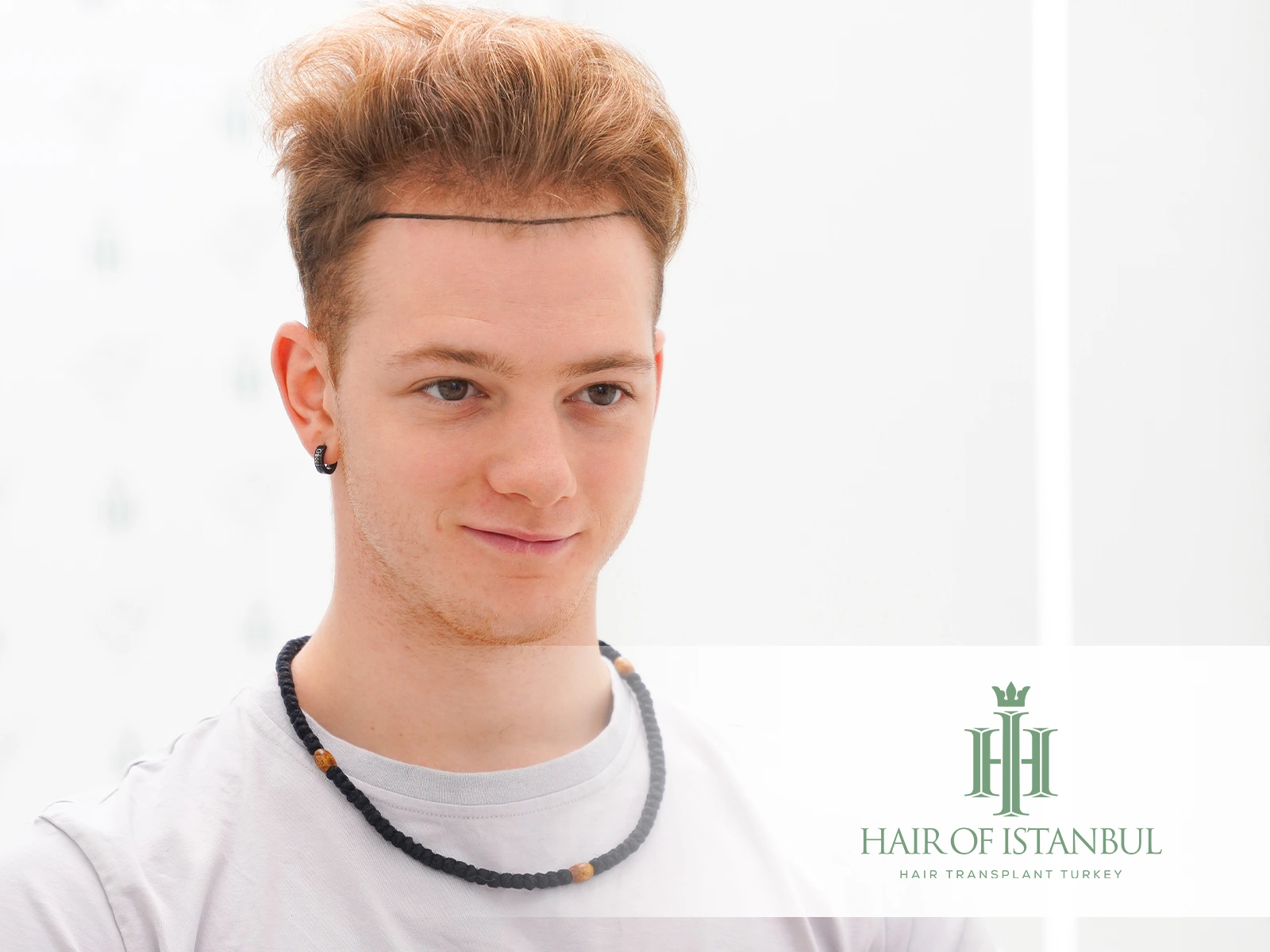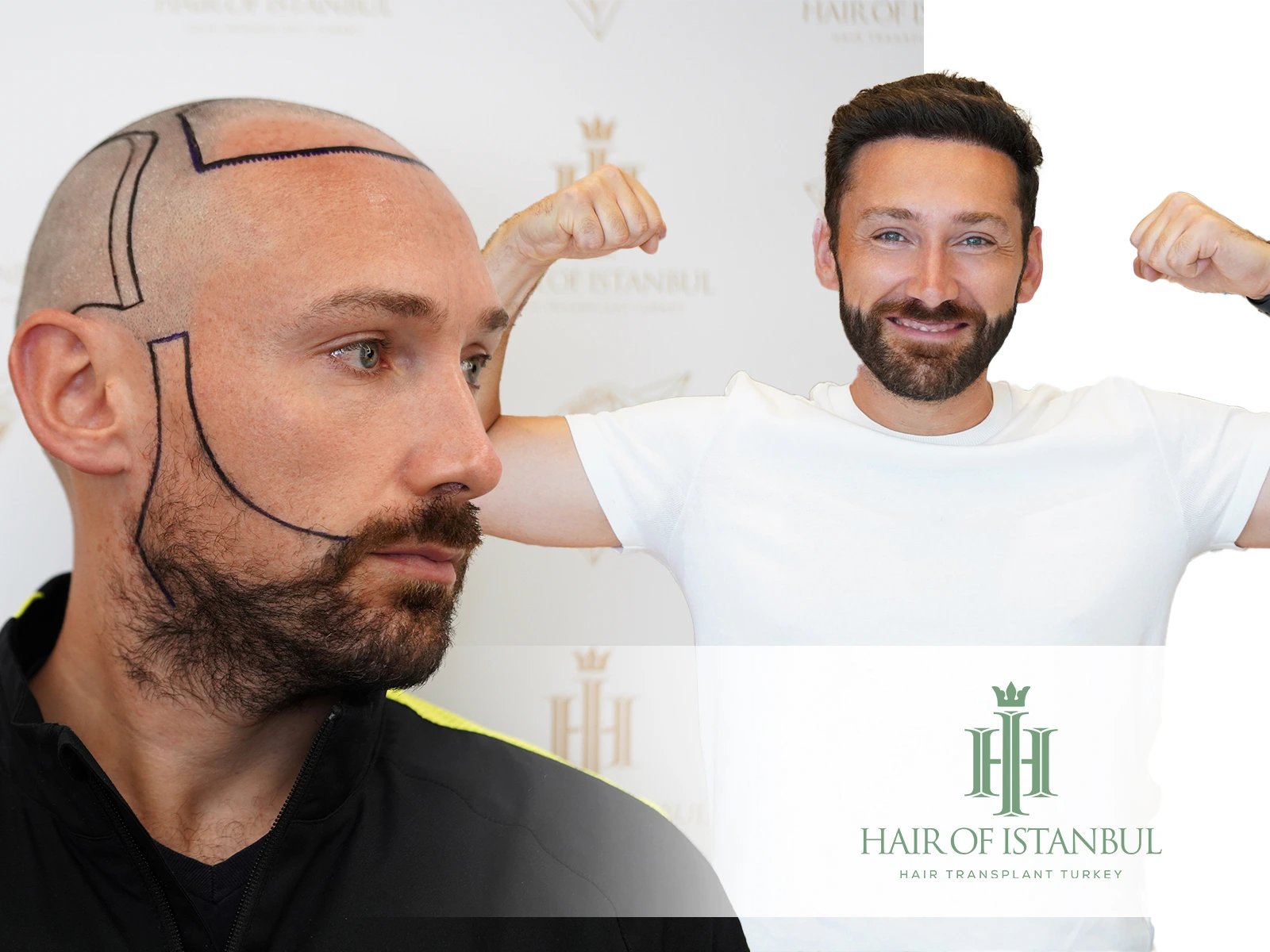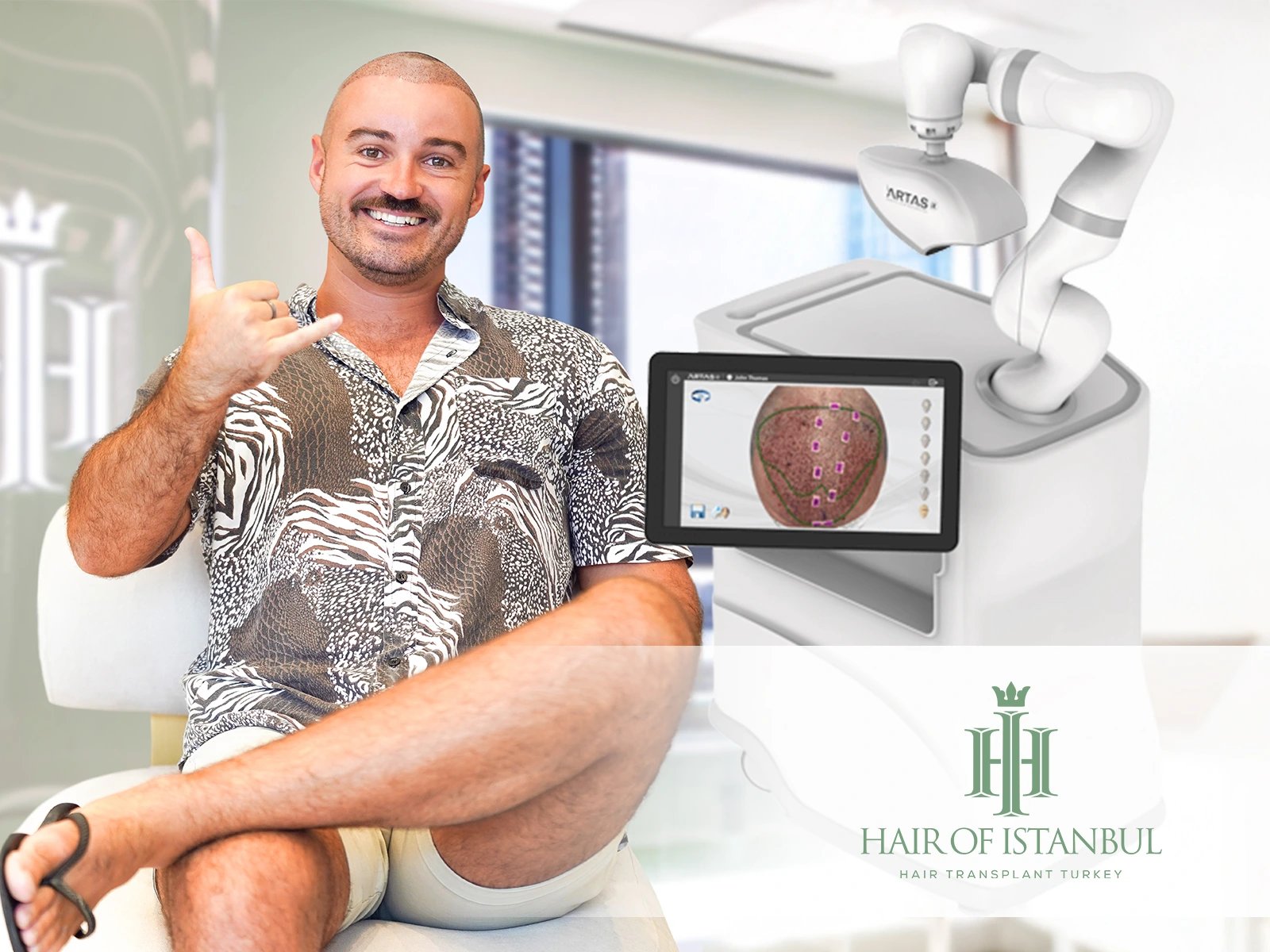Anesthesia for Hair Transplant: What to Expect Before and During Surgery
For many patients, the biggest concern before undergoing a hair transplant isn’t the technique itself—it’s the pain. Thankfully, advancements in anesthesia for hair transplant have made the procedure safer and significantly more comfortable than ever before.
In this guide, we’ll explore how anesthesia works in hair restoration, what sensations you can expect, and why fear of pain is no longer a reason to avoid the transformation.
What Type of Anesthesia Is Used in Hair Transplant?
Most clinics use local anesthesia for hair transplant procedures. Unlike general anesthesia, this method numbs only the scalp, allowing patients to remain awake and relaxed during surgery without feeling pain.
Typically, a local anesthetic like lidocaine is administered in the donor and recipient areas before follicle extraction or implantation begins. The effects last for several hours and can be topped up if needed during the procedure.

Does Hair Transplant Hurt?
A common concern is: does hair transplant hurt? The honest answer—thanks to local anesthesia—is no. Patients may feel slight pressure or stinging during the initial injections, but once the area is numb, the entire process is pain-free.
Some mild discomfort may occur after the procedure as the anesthesia wears off, but clinics usually provide pain management instructions and medications to ease the experience.
Is Hair Transplant Painful After the Procedure?
While the actual surgery is pain-free, some patients report tenderness, swelling, or a tight feeling in the donor or recipient area within the first 24 to 48 hours. However, compared to more invasive surgeries, hair transplant recovery is relatively quick and gentle.
Over-the-counter pain relief is usually sufficient, and by the third day, most patients report minimal discomfort. This is why many now say, “Is hair transplant painful?” Not really. It’s easier than expected.”
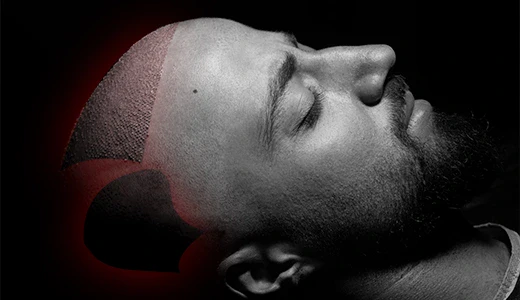
Side Effects of Anesthesia for Hair Transplant
As with any medical procedure, there can be side effects—though rare. Possible side effects of anesthesia for hair transplant include:
Temporary numbness or tingling
Mild swelling
Slight redness at the injection site
Allergic reactions (extremely rare and screened beforehand)
Your doctor will assess any risk factors and monitor you during the entire process, ensuring both safety and comfort.
How Long Does a Hair Transplant Take Under Anesthesia?
Patients often ask, how long does a hair transplant take, and how long they’ll be under anesthesia. A typical session can last anywhere from 4 to 8 hours depending on the number of grafts.
The hair transplant procedure is broken into stages—extraction, incision, and implantation—all of which are performed while the patient is comfortably numb.
Before and After Hair Transplant: Comfort in Every Step
Most patients who view before and after hair transplant results are surprised not just by the visual changes, but by how painless the experience was. Clinics now offer comfort-enhanced solutions like:
Ice packs
Numbing sprays
Distraction devices (such as vibration tools)
The focus is on making your transformation as pleasant as it is life-changing.
Bu gönderiyi Instagram’da gör
Anesthesia for Hair Transplant: No Need to Fear the Needle
With modern advancements in anesthesia for hair transplant, patients can enjoy natural results without the stress of pain or long recovery times.
When paired with experienced medical teams and the right technique, anesthesia turns what once was a daunting experience into a relaxed and rewarding procedure. If fear has been holding you back, now is the time to move forward confidently.

